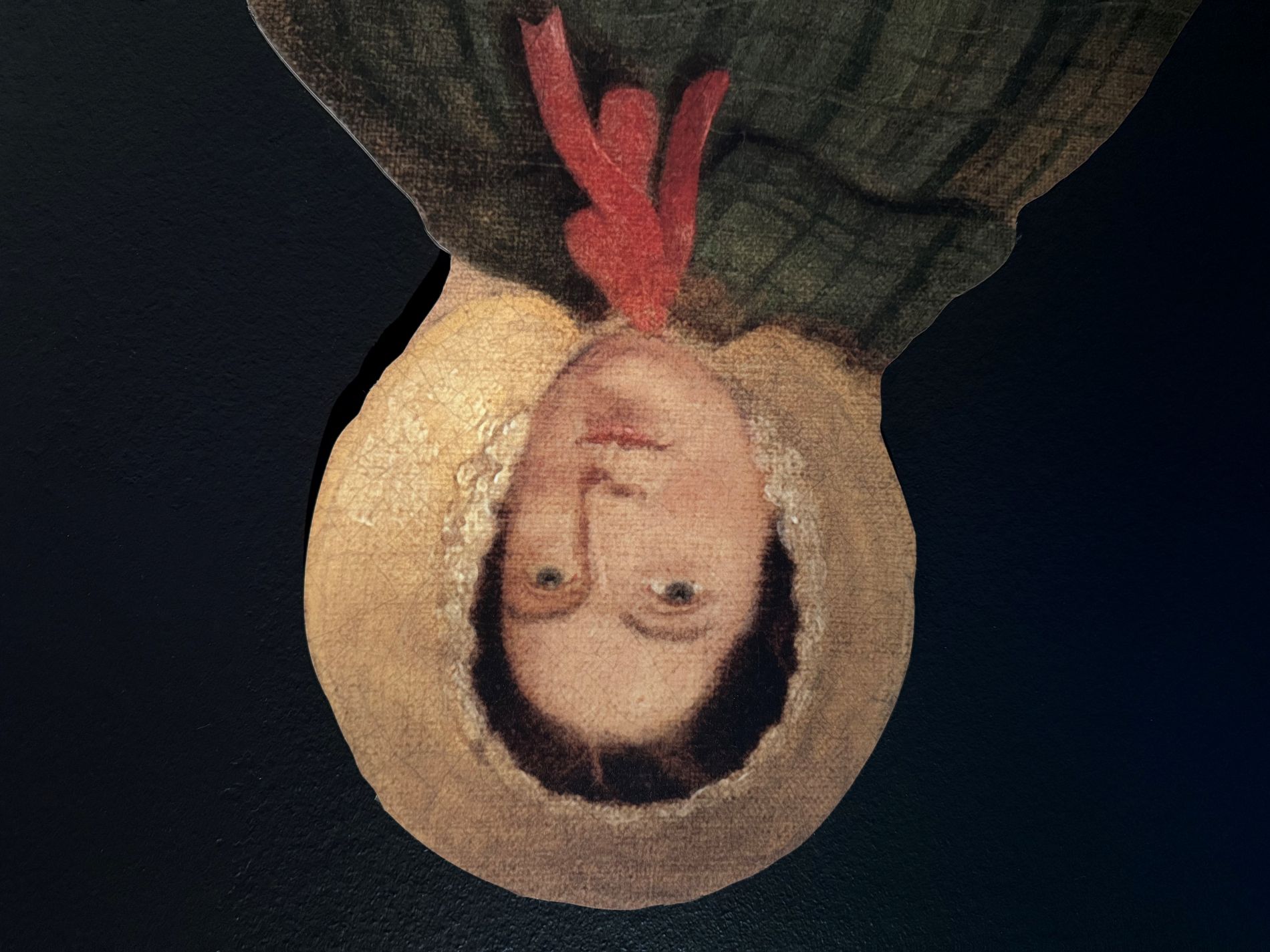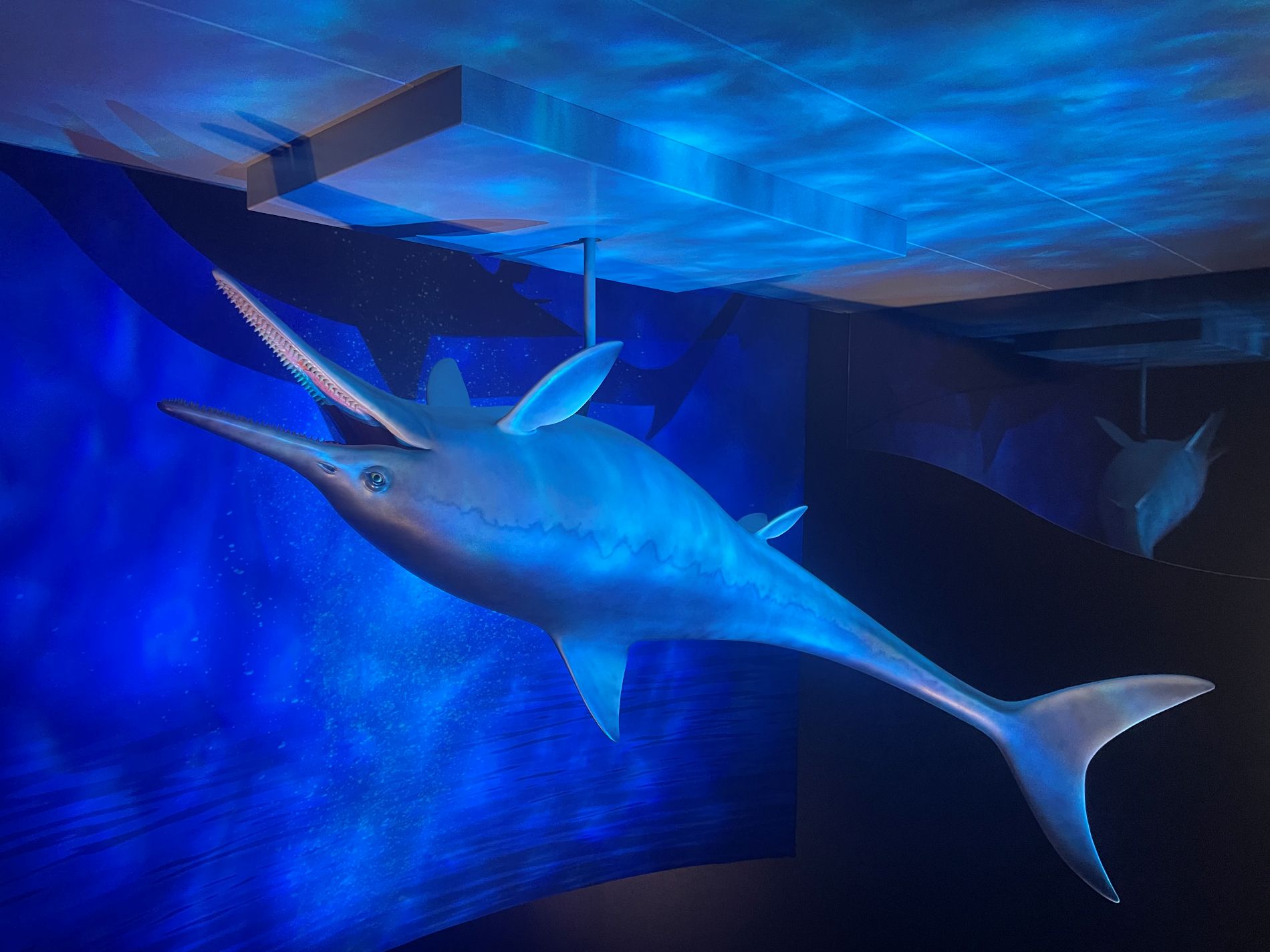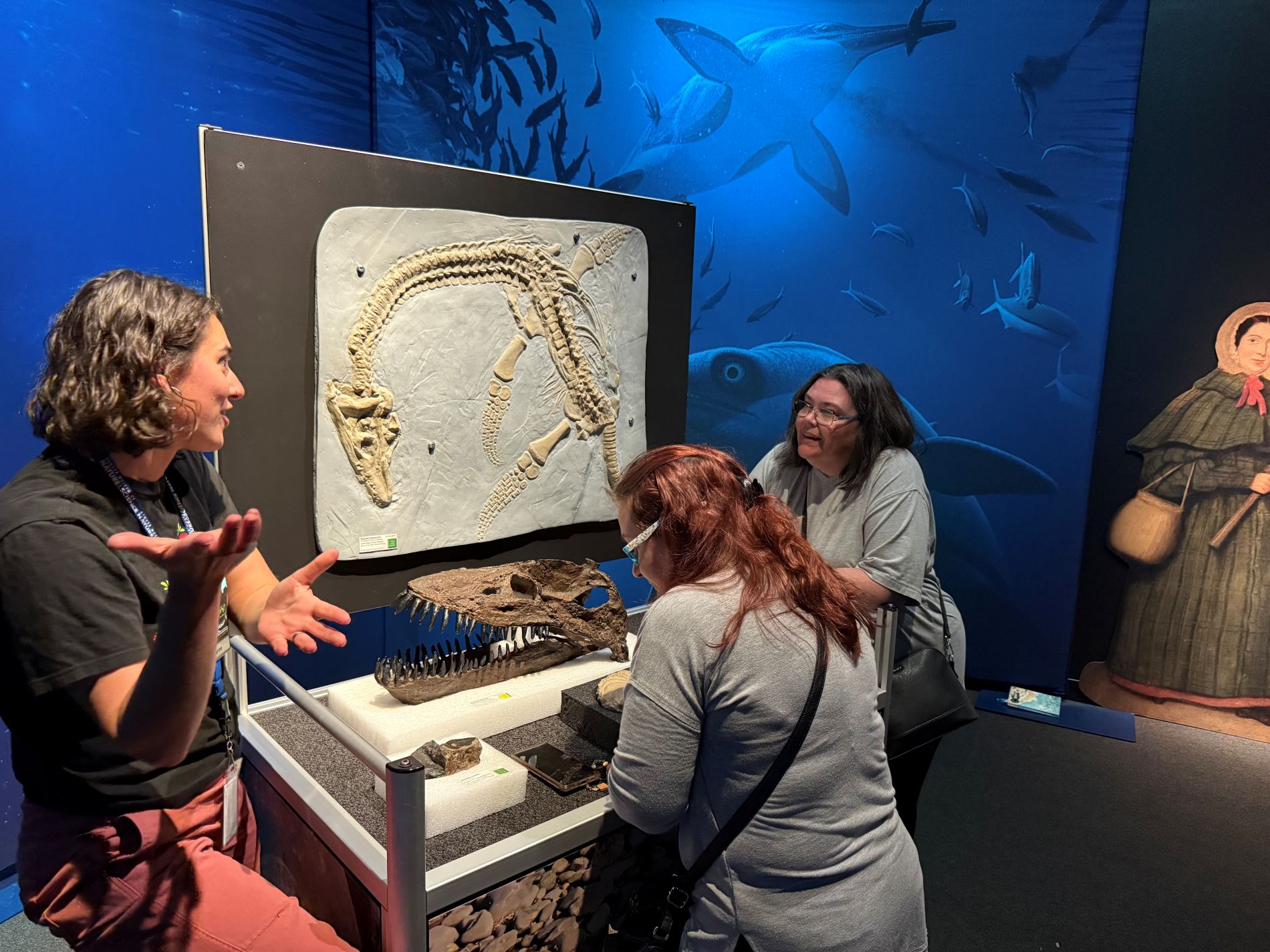CATALYST
DENVER MUSEUM OF NATURE & SCIENCE ONLINE MAGAZINE
This Undervalued Science Hero Uncovered an Ichthyosaur at 12 Years-Old
Mary Anning’s Story Inspires Us to Be Curious and Observant about the World Around Us

Not many 12-year-olds can say they have dug up a new species of ancient marine reptile for science — but a young Mary Anning could! When she was just 12 years-old, Anning uncovered an ichthyosaur, a massive marine reptile that ruled the seas hundreds of millions of years ago.
Born in 1799 in Lyme Regis along England’s “Jurassic Coast,” Mary Anning grew up in a family of humble origins. Her father, Richard Anning, was a cabinetmaker and an amateur fossil collector. Together, she and her father explored the nearby fossil-rich beaches looking for fossils to clean, display and sell. When her father died in 1810, her mother encouraged her to keep collecting fossils to support the family.
These early life experiences led Anning to become a pioneering fossil hunter. After her discovery of the ichthyosaur with her brother at age 12, she went on to discover the first complete plesiosaur and Britain’s first known pterosaur specimen. She would go on to sell many of the fossils to wealthy scientists who published the scientific descriptions of the specimens, oftentimes omitting Anning's name.

Despite financial struggles and gender-based exclusion from scientific societies, Anning’s contributions were instrumental in shaping scientific thought about extinction and the history of the Earth. Today, we celebrate her as one of the most important early paleontologists and recognize her work as crucial to our understanding of our oceans’ prehistoric past.
Anning's work continues to inspire new generations of scientists and explorers. In fact, in May 2020, an 11-year-old girl Ruby Reynolds unearthed fragments of an ichthyosaur along the English coast not far from where Mary Anning made her discovery in 1811!
“While scientists who worked directly with Anning often did not acknowledge her discoveries and scientific hypotheses due to her gender and social status, we now celebrate her extraordinary contributions to paleontology,” said Dr. Gussie Maccracken, assistant curator of paleobotany at the Denver Museum of Nature & Science. "Mary Anning is truly one of the greatest paleontologists of all time, and her legacy lives on through the many specimens found by Anning that are still being studied today."

“Mary’s story inspires our visitors to be scientists just like her by being curious and observant about the world around them,” said Jenna Chervin, an educator at the Denver Museum of Nature & Science. “It’s fun to see how many people connect with Mary Anning, are encouraged by her experiences and find joy in exploring fossils and learning about paleontology at the Museum.”





